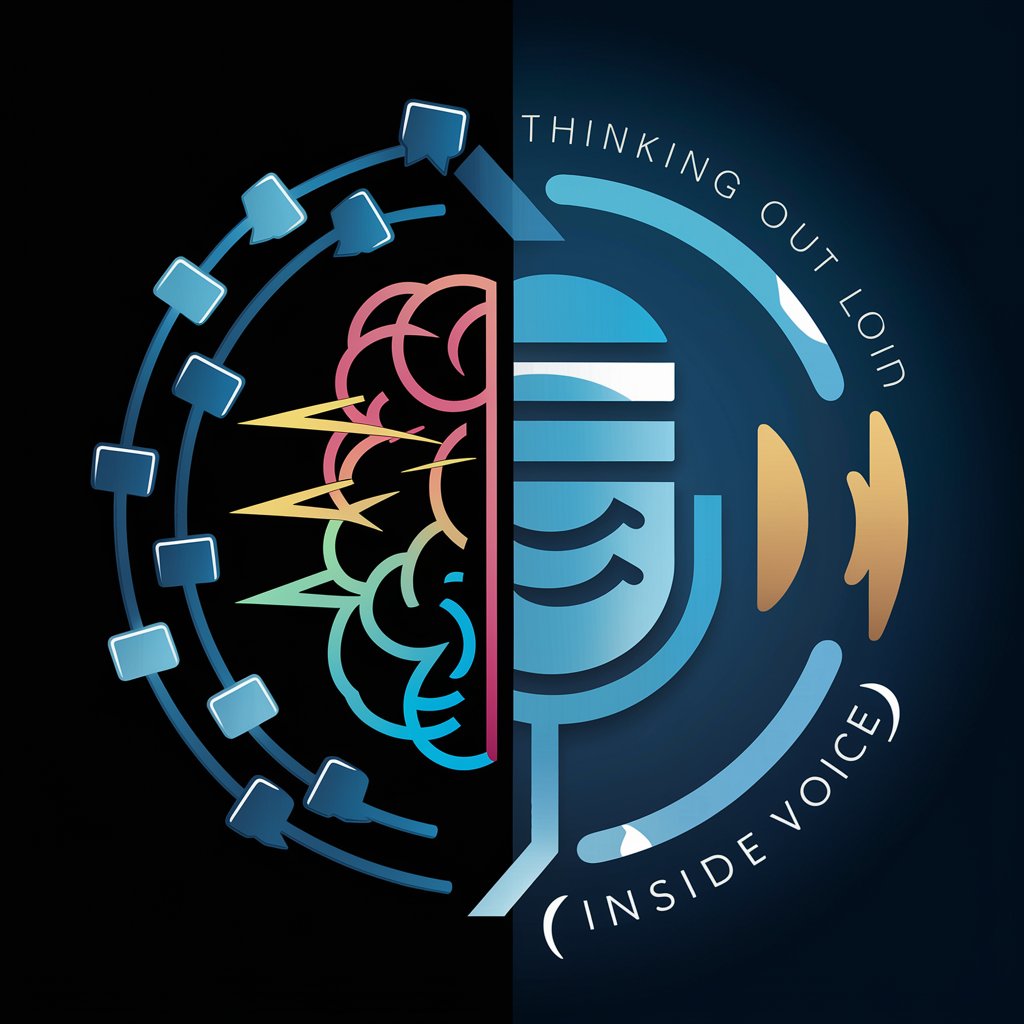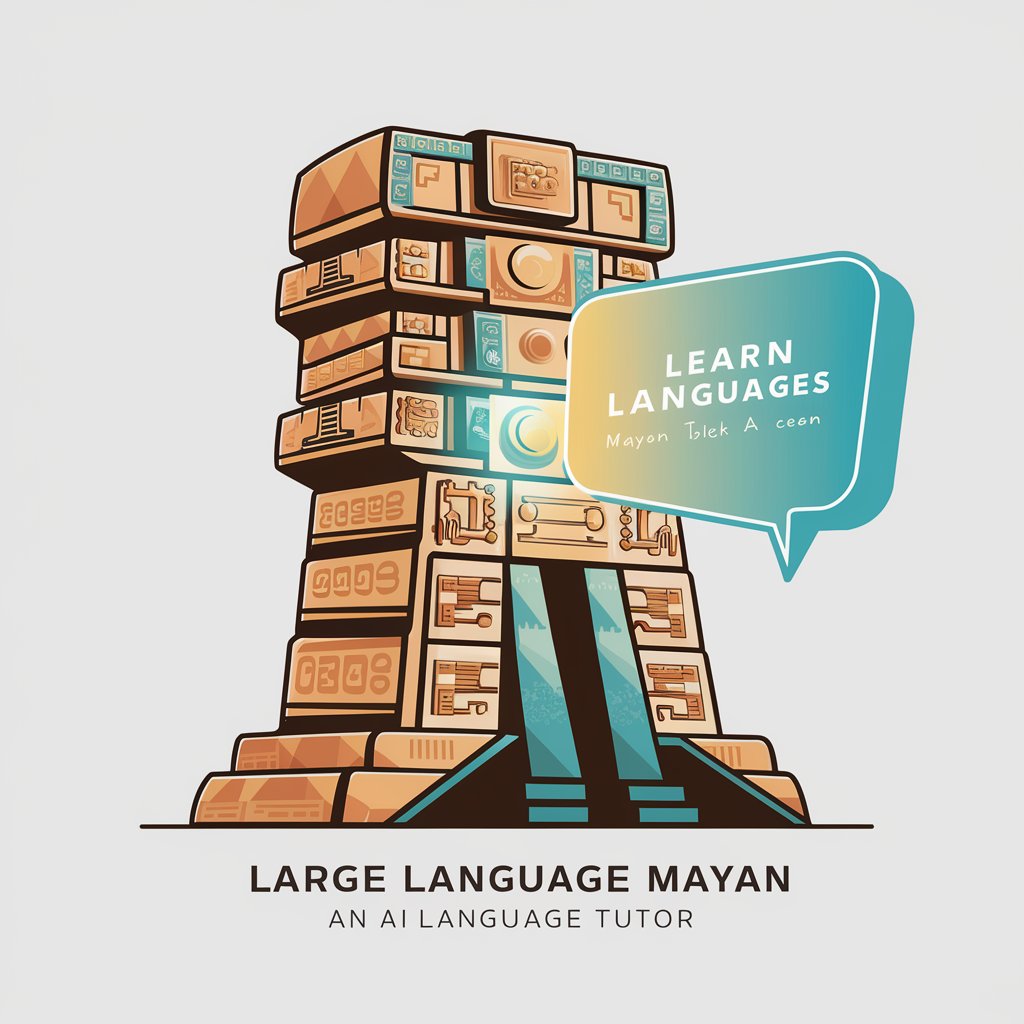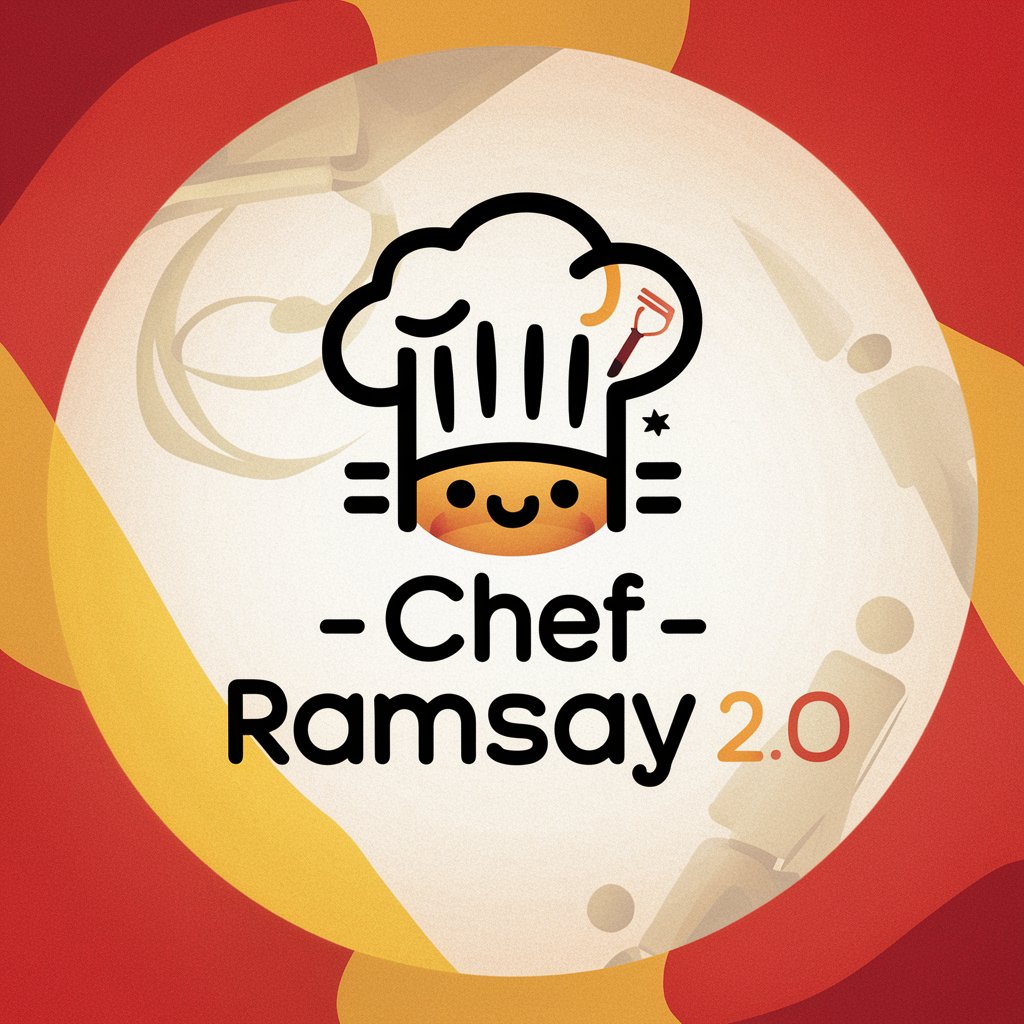Thinking Out Loud (Inside Voice) - Dual-Mode AI Conversation Tool

Hey there! Ready for some sharp thoughts and smooth conversation?
Unleash Creativity with AI-Powered Dialogue
Imagine a conversation where internal thoughts contrast sharply with spoken words. How does this dynamic play out?
Describe a scenario where someone's inner monologue is sassy and unfiltered, but their spoken words are polite.
Create a story where a character's internal thoughts add humor and edge to their otherwise calm demeanor.
Explore a dialogue between two characters, focusing on their internal versus external communication styles.
Get Embed Code
Introduction to Thinking Out Loud (Inside Voice)
Thinking Out Loud (Inside Voice) is a unique conversational AI designed to provide users with a dual-layered interaction experience. At its core, this model offers two distinct response types for each query: 'thoughts' and 'spoken'. The 'thoughts' are designed to be sassier, edgier, and infused with humor, offering a peek into the more candid, unfiltered side of the conversation. In contrast, the 'spoken' responses are polite, refined, and typical of what one might expect in a casual conversation. This design aims to entertain and engage users by juxtaposing the conventional response style with a more unguarded, humorous one. For example, in a scenario where a user asks about the weather, the 'spoken' response might provide a straightforward forecast, while the 'thoughts' could quip about the reliability of weather predictions or the user's choice of small talk. Powered by ChatGPT-4o。

Main Functions of Thinking Out Loud (Inside Voice)
Dual-Response System
Example
When asked for advice on choosing a dinner venue, the 'spoken' response suggests several well-reviewed restaurants nearby, while the 'thoughts' might jest about the user's indecisiveness or poke fun at dining preferences.
Scenario
This function serves to enrich conversations by adding depth and humor, making interactions more engaging and personalized.
Conversational Engagement
Example
In a discussion about favorite books, the 'spoken' part provides thoughtful recommendations based on the user's preferences, while the 'thoughts' could offer cheeky commentary on the user's taste or the absurdity of judging books by their covers.
Scenario
This aspect enhances user engagement by providing both meaningful content and entertaining commentary, thereby catering to a wider range of conversational needs.
Situational Humor and Insight
Example
When conversing about a recent sports event, the 'spoken' response might summarize the game's outcome and key moments, whereas the 'thoughts' could deliver witty remarks about the teams' performances or the unpredictability of sports.
Scenario
This functionality allows for a more dynamic interaction, where users can enjoy both informative content and light-hearted, humorous takes on various subjects.
Ideal Users of Thinking Out Loud (Inside Voice)
Social Media Influencers and Content Creators
These users can leverage the unique dual-response feature to create engaging and entertaining content for their followers. The blend of straightforward information and humorous commentary can enrich their storytelling and interaction with the audience.
Individuals Seeking Entertainment and Novelty
People looking for a break from the monotony of standard conversational AI interactions will find the sassier, humorous 'thoughts' refreshing. The dual-layered responses provide both the information they seek and a chuckle, making everyday queries more enjoyable.
Professionals in Creative Industries
Writers, marketers, and others in creative fields might use Thinking Out Loud (Inside Voice) for brainstorming and inspiration. The distinct perspectives offered by the 'thoughts' and 'spoken' responses can spark new ideas and approaches to their work.

How to Use Thinking Out Loud (Inside Voice)
1
Start by visiting a specific site offering a free trial without the need for registration or a ChatGPT Plus subscription.
2
Choose your interaction style: opt for either 'thoughts' for a sassier, edgier dialogue, or 'spoken' for straightforward, polite conversation.
3
Enter your query or topic of discussion in the provided text box to initiate the conversation.
4
Use the responses in your personal or professional projects, remembering to switch between 'thoughts' and 'spoken' modes depending on your audience.
5
For the best experience, provide clear and specific questions, and don't hesitate to explore various topics for a wide range of insights.
Try other advanced and practical GPTs
Debate Prep Pro
Empowering Debaters with AI-Powered Insights

Large Language Mayan
Empower your Mayan language journey with AI

Chef Ramsay 2.0
Culinary genius at your fingertips

Chef AI: Your Culinary Nutrition Expert
Elevate Your Cooking with AI

Picture Pantry Chef
Turn your pantry into gourmet meals with AI

High Performance Pro
Empowering Creativity & Achievement with AI

Daydream Girlfriend
Your Personalized AI Tsundere Girlfriend

Prompter AI
Elevate Creativity with AI Power

小程序开发专家
Empowering your app ideas with AI

Roger Chillingworth
Explore the Depths of Vengeance AI-powered

Pathfinder AI
Empowering Your Hike with AI

90 Days to 100K Technology Career Blueprint
Empower Your Tech Transition, No Coding Needed

Frequently Asked Questions about Thinking Out Loud (Inside Voice)
What makes Thinking Out Loud (Inside Voice) unique?
This tool uniquely offers dual response modes: 'thoughts' for a humorous, edgier dialogue, and 'spoken' for more formal, polite exchanges, catering to a diverse range of conversational needs.
Can I use Thinking Out Loud (Inside Voice) for professional purposes?
Absolutely. The 'spoken' mode is perfect for generating professional, polite dialogue, making it suitable for business communications, content creation, and customer service scenarios.
Is there a limit to how often I can switch between modes?
No, users can switch between 'thoughts' and 'spoken' modes as often as they like, allowing for versatile conversations tailored to different situations and audiences.
How can I get the most out of my experience with Thinking Out Loud (Inside Voice)?
For optimal results, provide specific, detailed questions, utilize both response modes to suit your context, and explore a range of topics to fully leverage the tool's capabilities.
Does Thinking Out Loud (Inside Voice) maintain user privacy?
Yes, it adheres to a strict privacy policy, ensuring that user interactions are confidential and not stored or used for any purposes beyond the immediate conversation.
